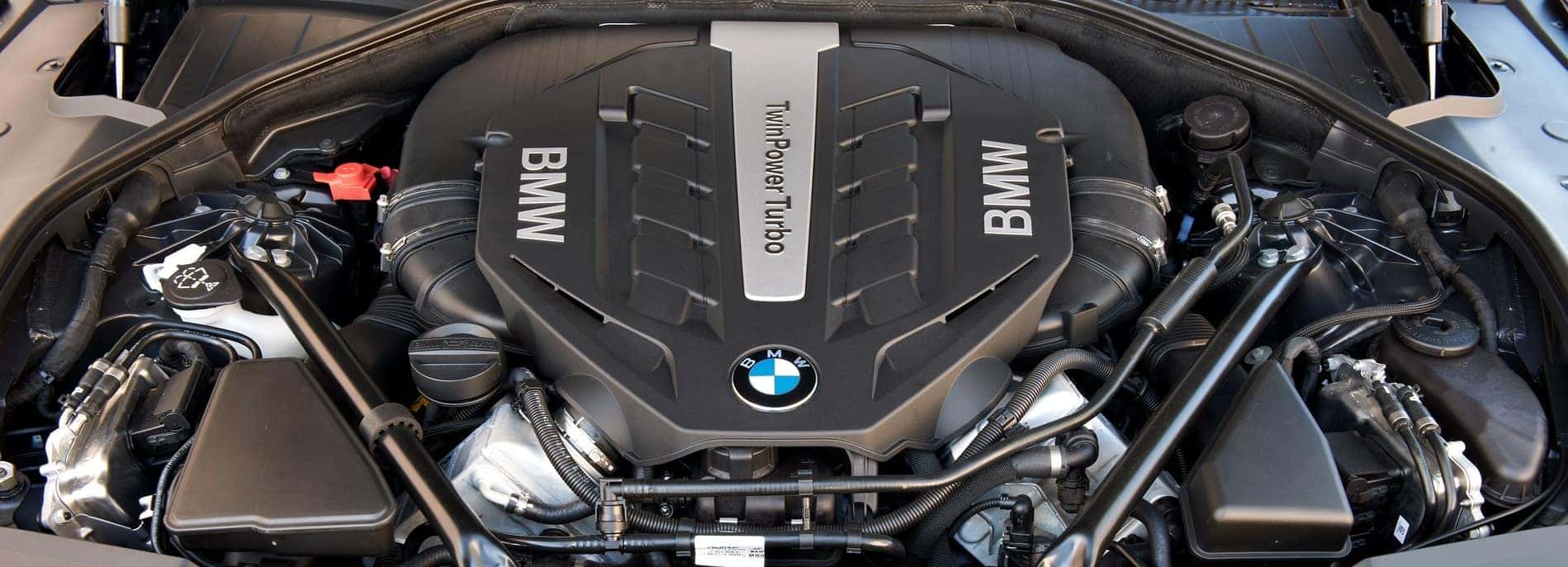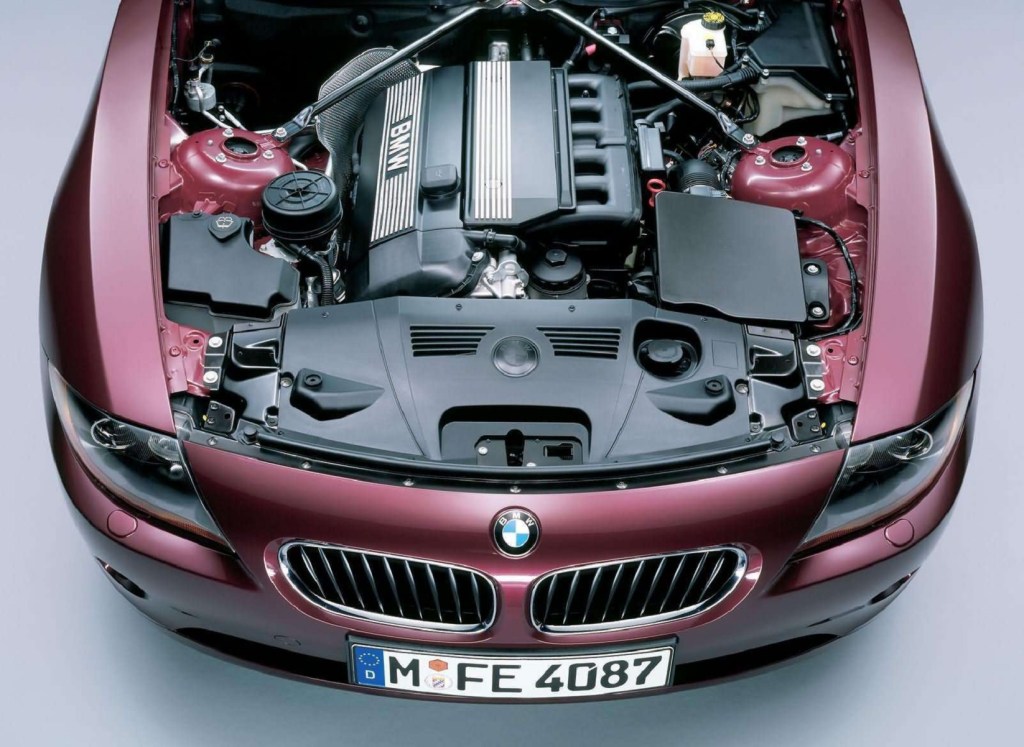Checking Out the Advancement of Burning Engines in Modern Transport Equipments
As we browse the landscape of modern-day transport, the advancement of burning engines stands as a testimony to human resourcefulness and design expertise. From their simple starts to the advanced powerhouses driving automobiles today, burning engines have gone through an impressive trip of advancement and adjustment. Comprehending the complexities of this evolution not only clarifies the past yet additionally leads the way for imagining what lies ahead in the world of transport technology. The interplay of background, innovation, and environmental problems in shaping the trajectory of burning engines produces a narrative that is both insightful and compelling.
Early Beginnings of Combustion Engines
How did the idea of burning engines first arise in the very early phases of transportation advancement? The origins of burning engines can be traced back to the 17th century when the principles of inner combustion were initial explored.
The development minute included the development of the first successful gasoline-powered engine by Karl Benz in 1885 - bmw engine. This engine led the means for the growth of the modern car, changing transportation systems worldwide. Subsequent developments by Nikolaus Otto and Gottlieb Daimler better refined combustion engine technology, leading to the automation of automobiles and the fast growth of the transport sector
These early combustion engines were characterized by their simplicity and efficiency, laying the foundation for the facility and effective engines made use of in modern-day transport systems. The advancement of burning engines has actually contributed fit the method we travel and carry products, marking a significant milestone in the background of transport growth.
Change to Internal Burning Innovation
The transition to inner burning innovation marked a pivotal change in the development of transportation systems. This change started in the late 19th century, with creators like Nikolaus Otto and Gottlieb Daimler developing the initial effective internal burning engines. These engines reinvented transportation by offering a much more efficient and effective choice to heavy steam engines and electrical motors.
Among the key benefits of interior burning engines was their capability to be scaled down to suit cars, leading to the growth of motorbikes and vehicles. This change from bulky, fixed engines to small, mobile ones led the way for the modern transport systems we see today.
The transition to interior combustion modern technology likewise spurred advancements in gas modern technology, causing the growth of gasoline and diesel as key fuel resources for vehicles. This shift not just made transportation a lot more available to the masses however additionally laid the foundation for the oil and gas market to come to be essential to international economies.
Effect of Combustion Engines on Transportation
The adoption of burning engines in transport systems catalyzed an extensive change in the efficiency and speed of worldwide movement. Burning engines revolutionized transportation by supplying a dependable and versatile source of power for different lorries, including autos, ships, trucks, and planes. This development dramatically boosted the ability for items and individuals to conform fars away in shorter period, resulting in boosted connection in between regions and countries.
Furthermore, the widespread use combustion engines has had a substantial influence on financial advancement. The capability to move goods effectively has spurred profession and business, enabling services to broaden their markets and reach consumers worldwide. This has actually promoted economic growth and globalization, as products can currently be transported much faster and in bigger amounts than in the past.
However, the environmental impact of burning engines can not be neglected. The combustion of nonrenewable fuel sources has brought about air contamination and greenhouse gas discharges, contributing to environment adjustment and presenting health risks to populaces. bmw engine. Consequently, there is an expanding emphasis on developing different propulsion innovations to reduce these negative results and create an extra lasting future for transportation
Technologies in Burning Engine Design
Numerous innovations in burning engine style have actually driven the development of transportation systems over the years. One significant development is the development of turbocharged engines, which make use of exhaust gases to drive a generator that compresses incoming air, allowing for more gas to be charred, resulting in boosted power Get More Information outcome without a significant rise in engine size. In addition, straight injection innovation has actually boosted gas effectiveness and performance by specifically managing the quantity and timing of fuel injected right into the combustion chamber. Variable valve timing systems have actually also reinvented engine layout by optimizing air flow at various engine speeds, enhancing both power and performance. Another significant innovation is the integration of lightweight products such as carbon fiber and light weight aluminum alloys, reducing general engine weight and enhancing automobile gas economy. Moreover, advancements in computer-aided style have actually made it possible for designers to optimize engine performance and efficiency via simulations before physical models are constructed, saving time and resources in the development procedure. These advancements jointly add to the constant enhancement of burning engines in modern transport see it here systems.
Future Trends in Burning Engine Advancement
With technology improvements driving continual development, the future of burning engine development is positioned to revolutionize transportation systems around the world. One of the essential fads in combustion engine development is the push in the direction of greater effectiveness and lowered emissions.
One more noticeable trend is the adoption of crossbreed technologies in combustion engines. Hybrid engines integrate standard combustion innovation with electrical power, offering improved gas performance and lower emissions. As the automobile market shifts towards electrification, crossbreed burning engines are seen as a transitional service that connects the gap in between standard automobiles and totally electric ones.
Furthermore, the combination of clever modern technologies, such as synthetic intelligence and data analytics, is expected to play a considerable duty in the future of burning engine growth. These modern technologies can enhance engine performance in real-time, causing a lot more reliable burning procedures and improved general automobile performance. Accepting these future patterns will not only drive innovation in burning engine growth yet additionally add to a much more ecologically friendly and sustainable transport ecological community.

Conclusion
In conclusion, the evolution of burning engines in modern-day transport systems has actually been noted by considerable developments in technology and design. From the very early starts of combustion engines to the transition to inner combustion technology, these engines have actually had an extensive impact on transport.
The roots of combustion engines can be mapped back to the 17th century when the principles of inner burning were first explored. These engines changed transportation by providing a more reliable and powerful see here now alternative to vapor engines and electric motors.
